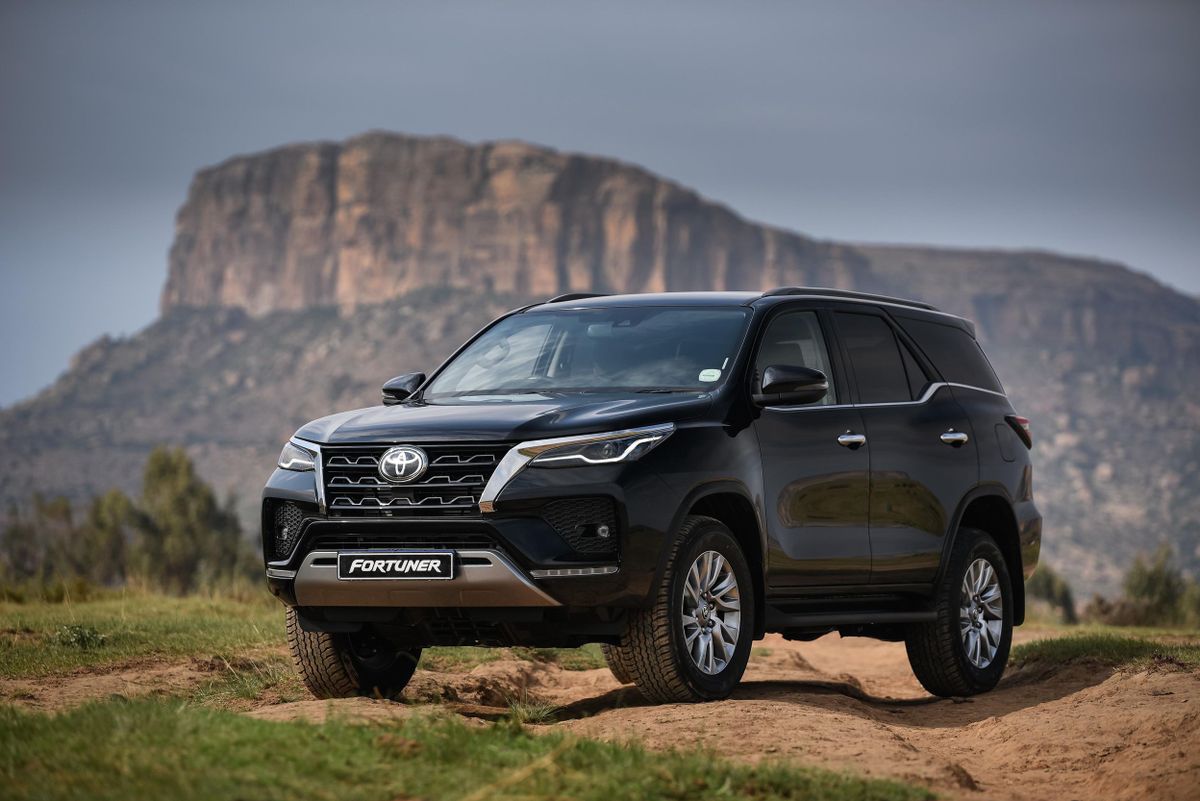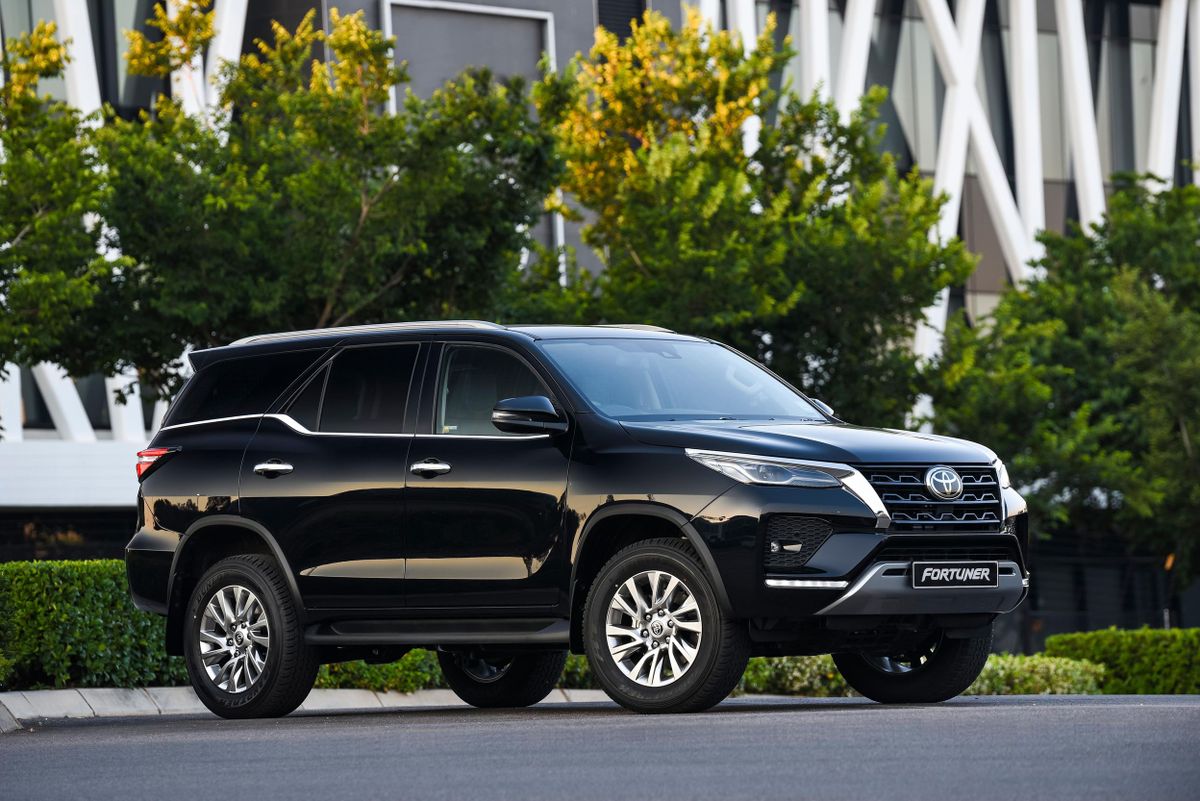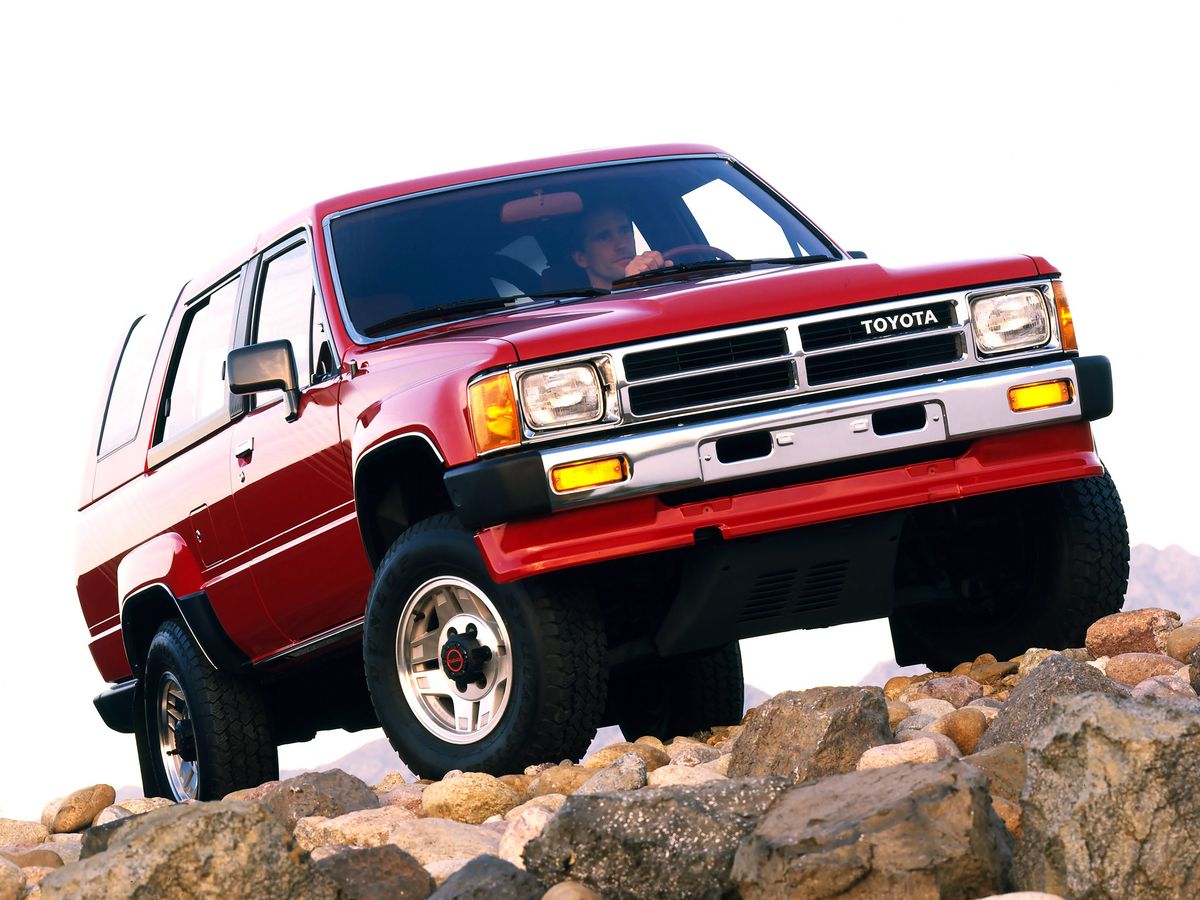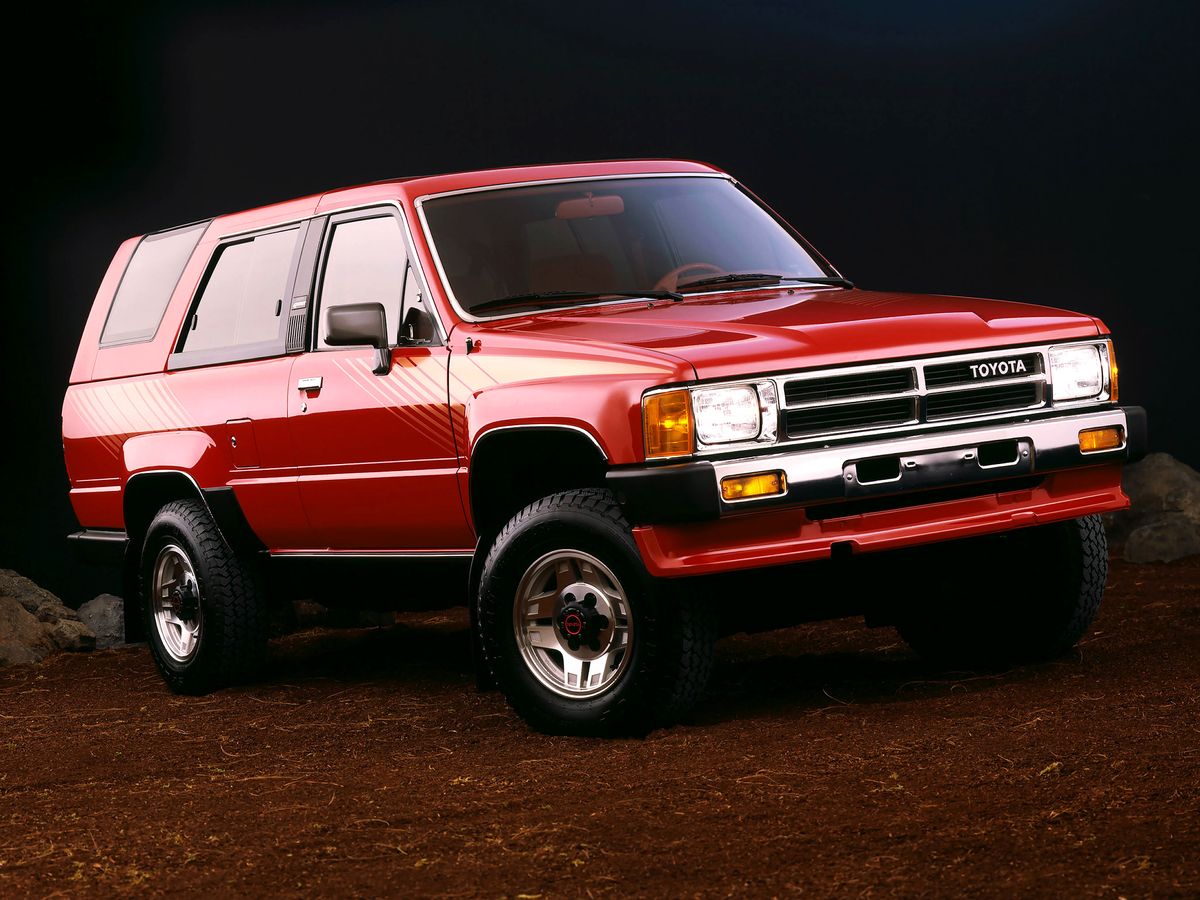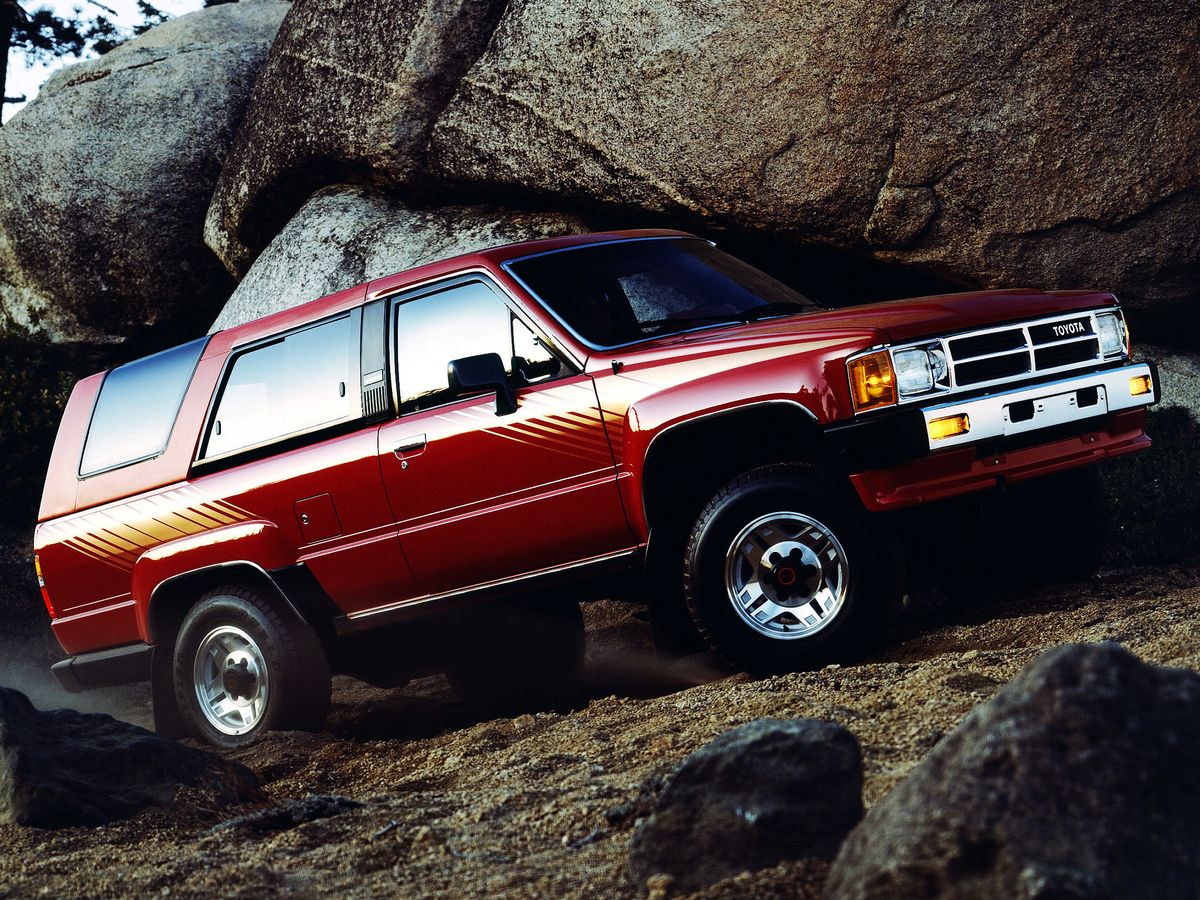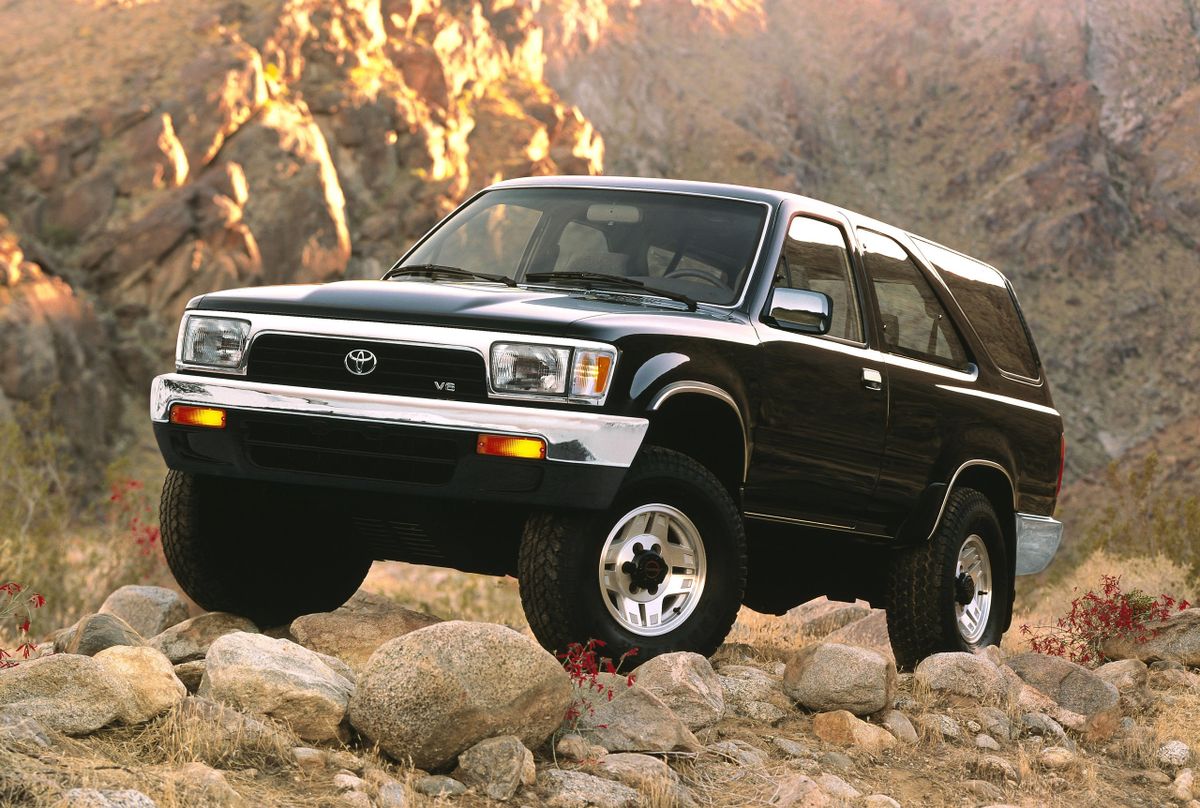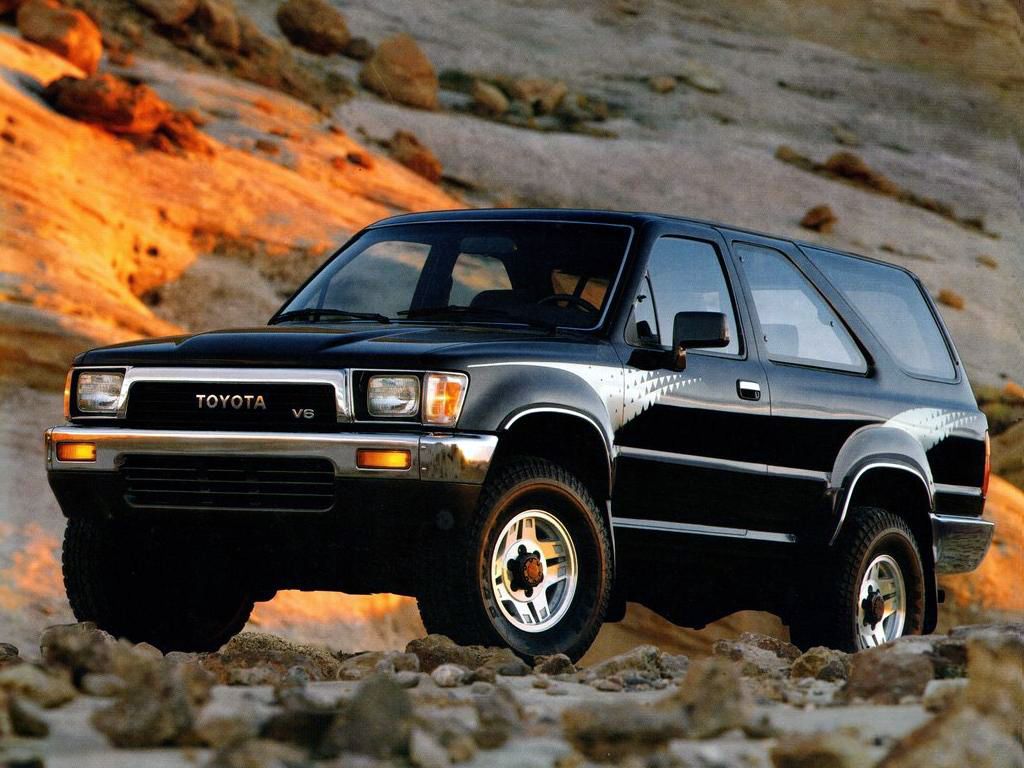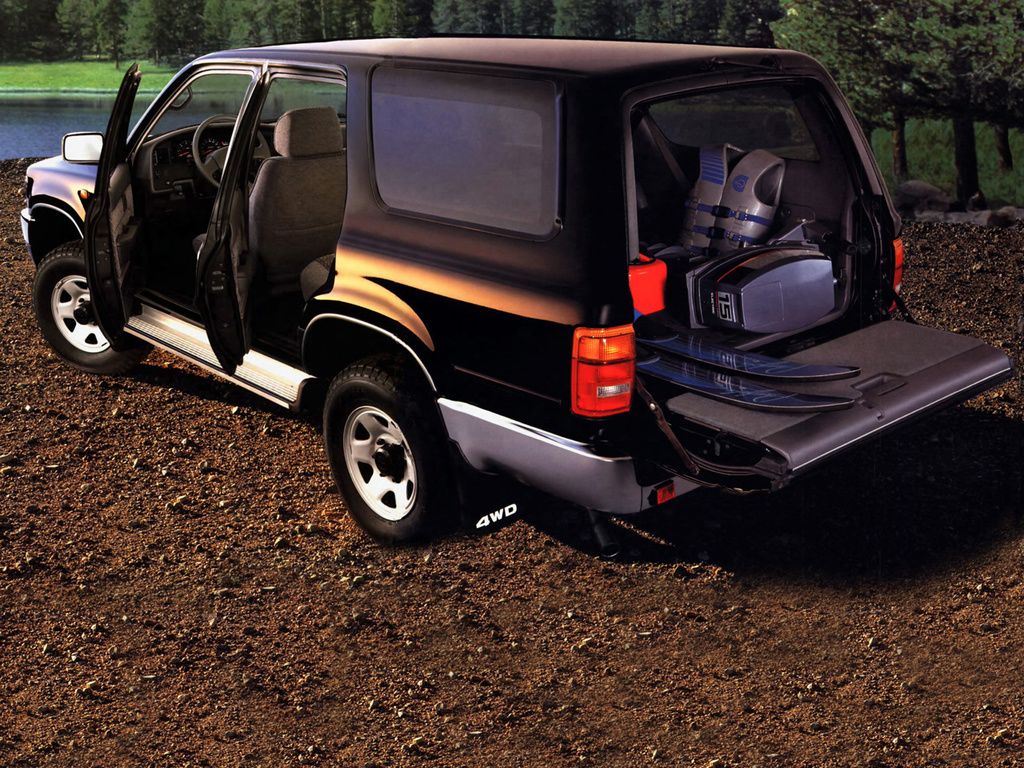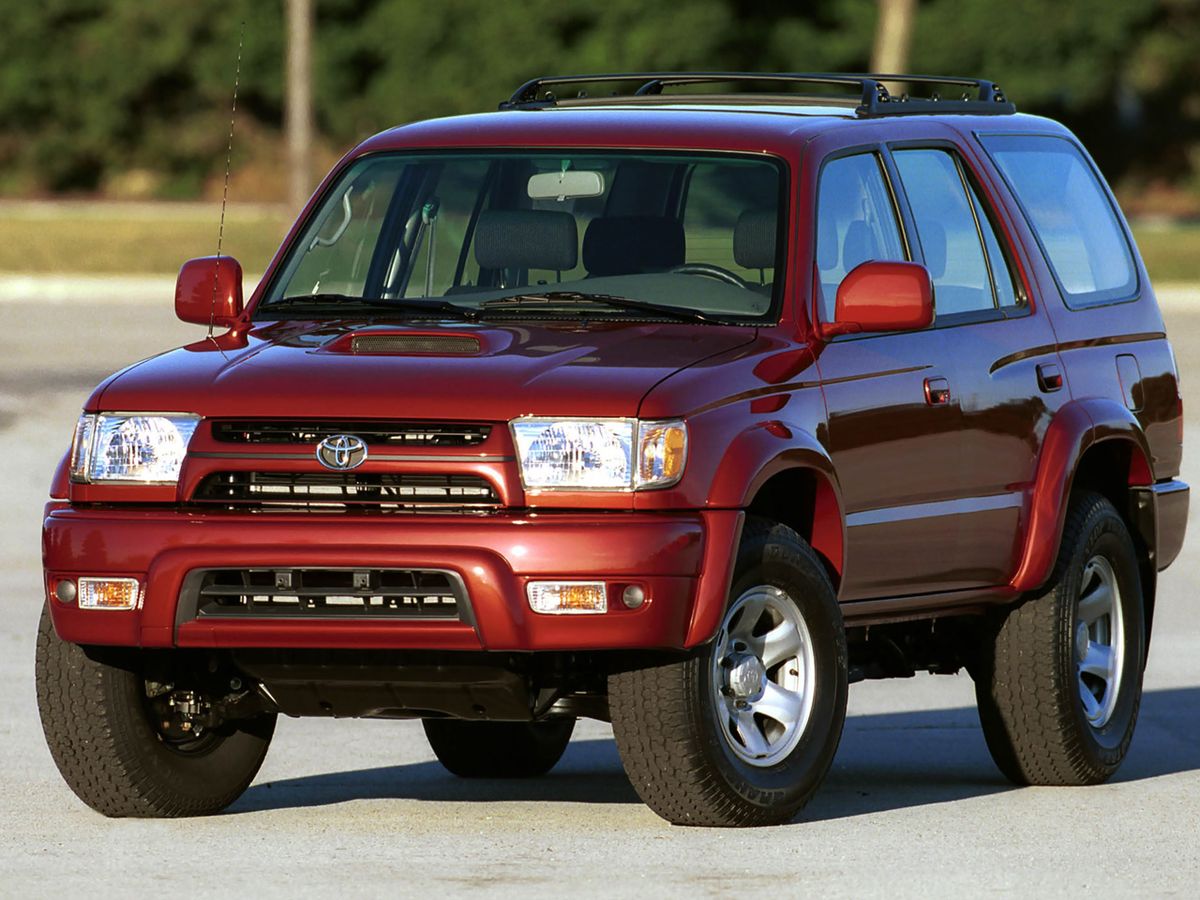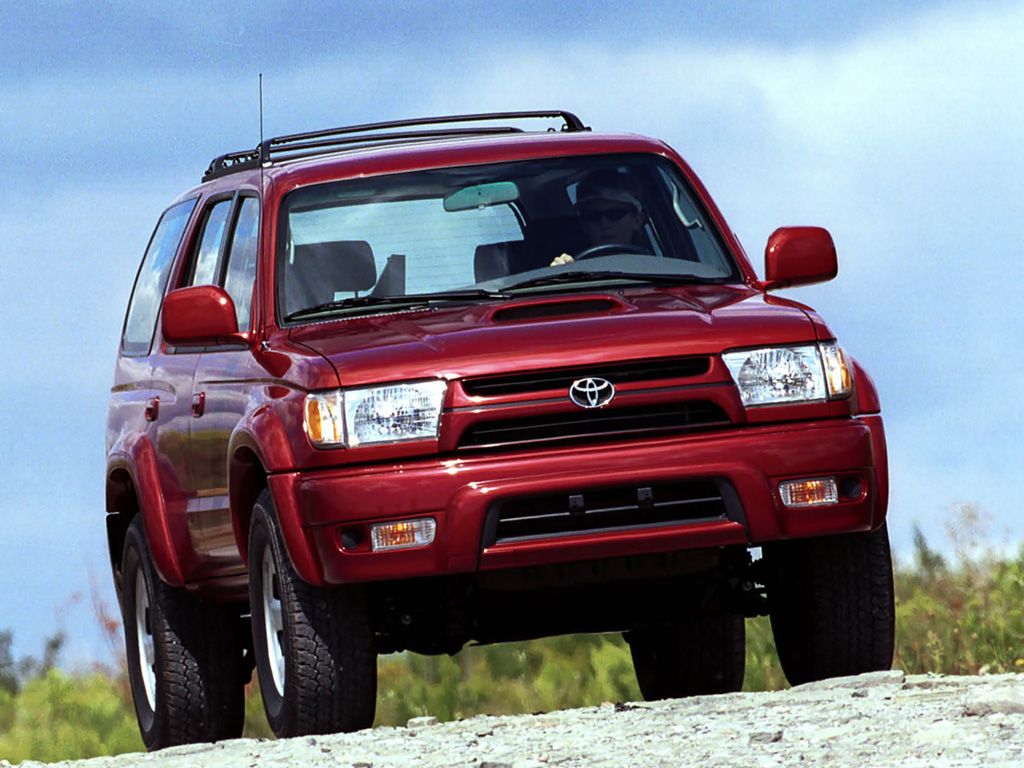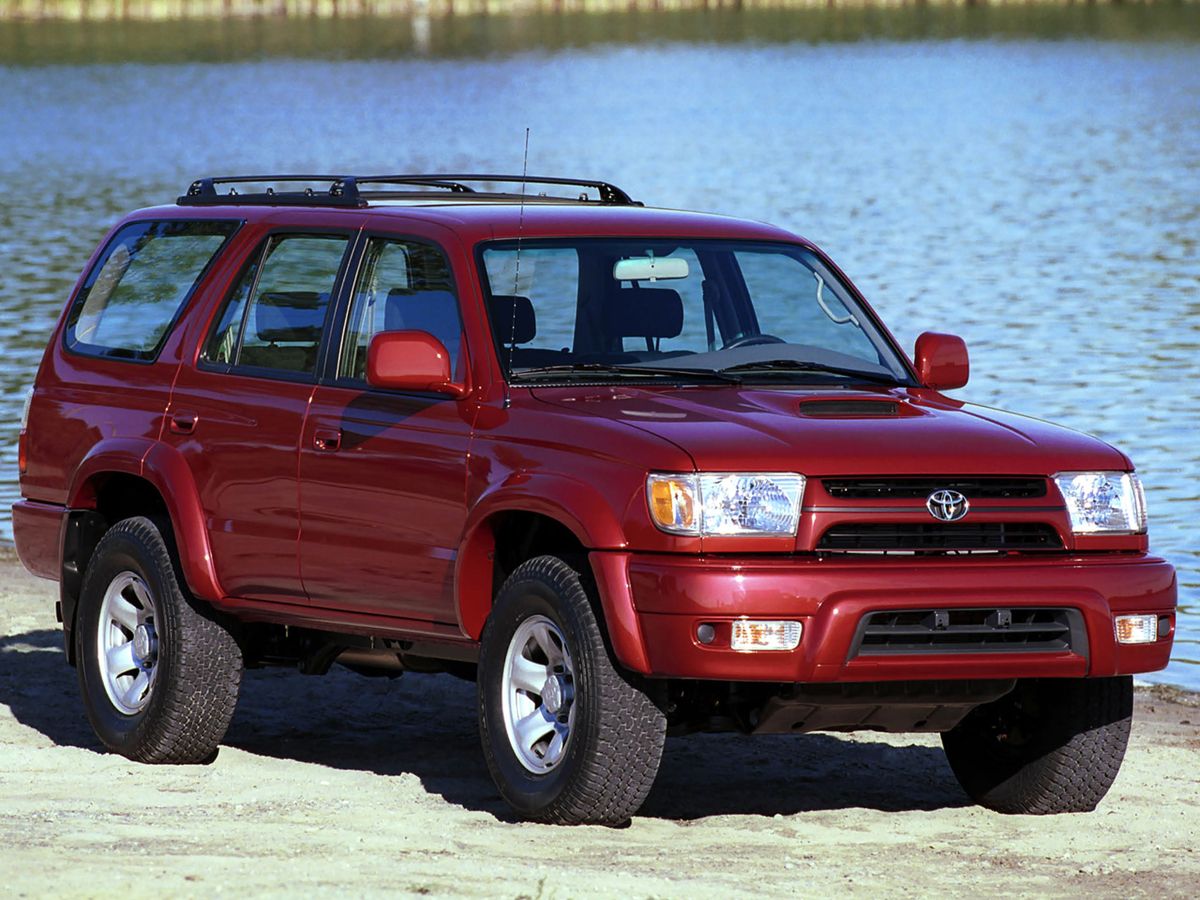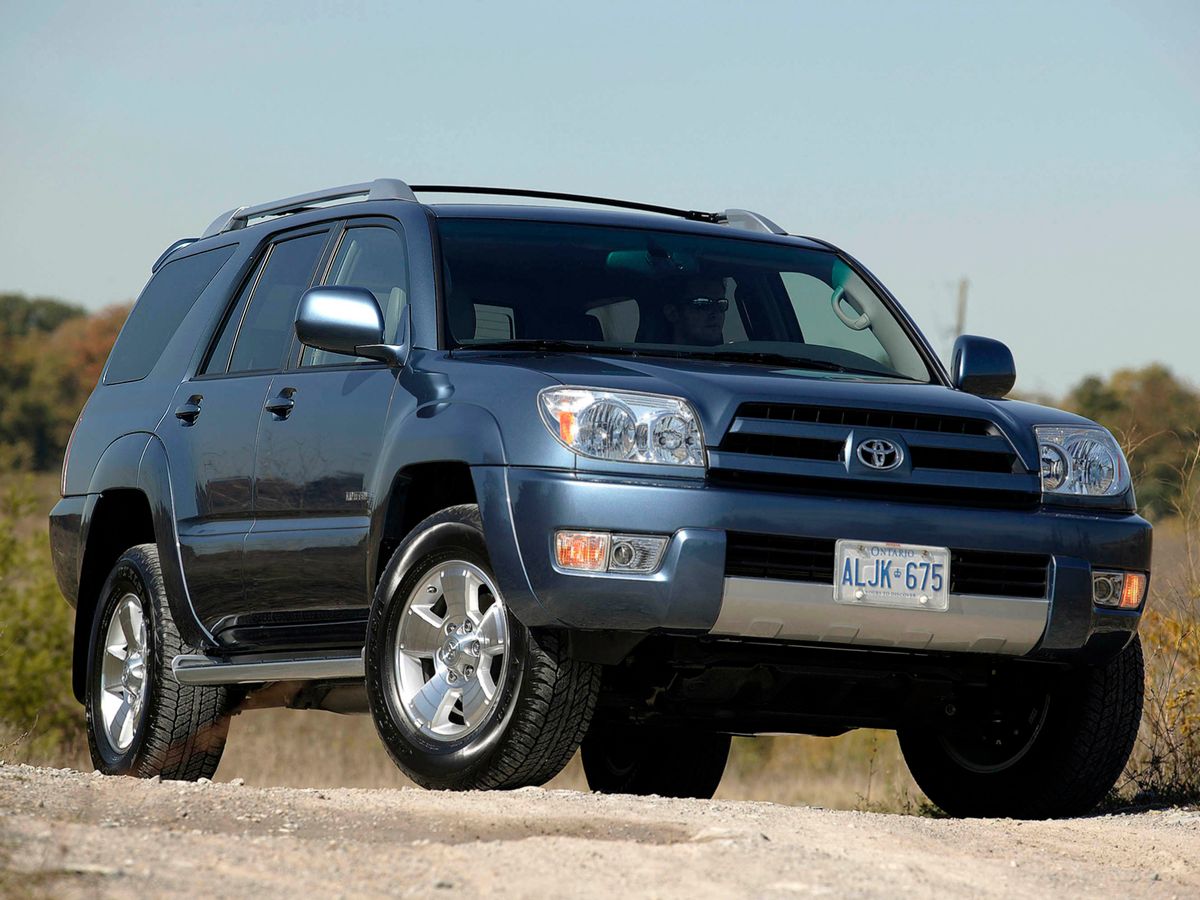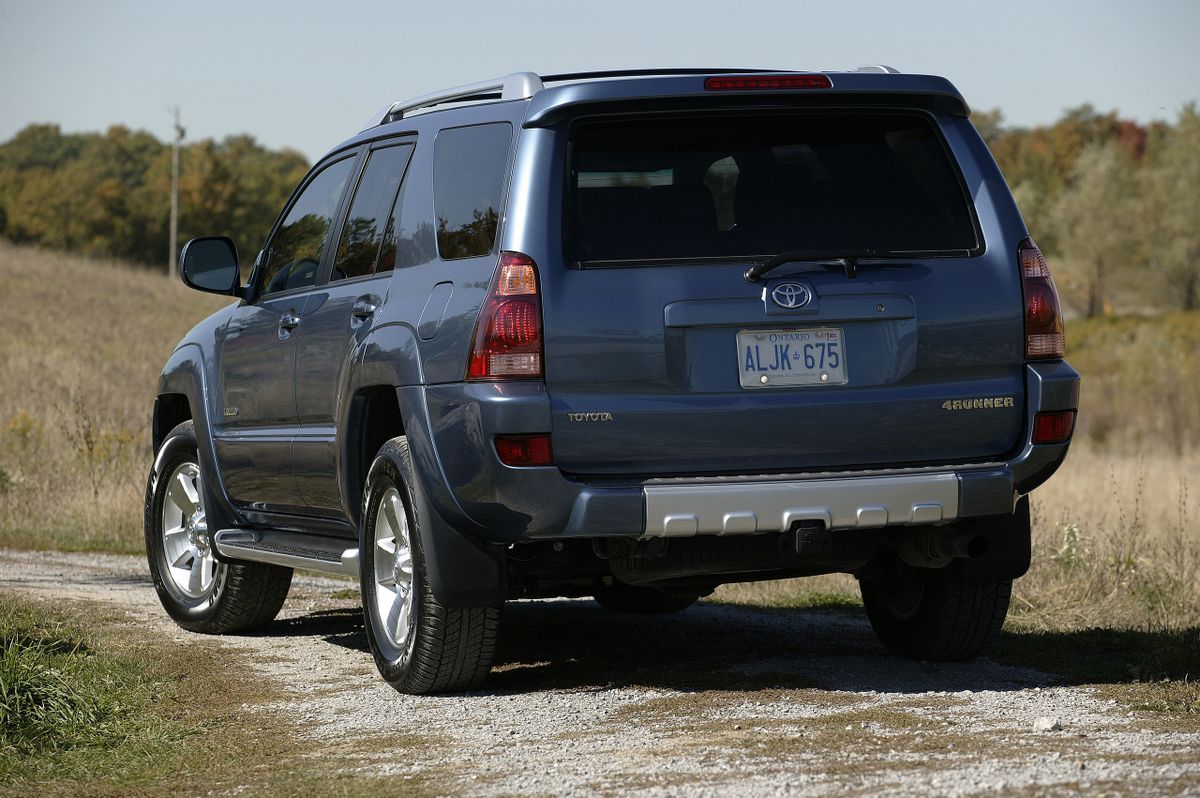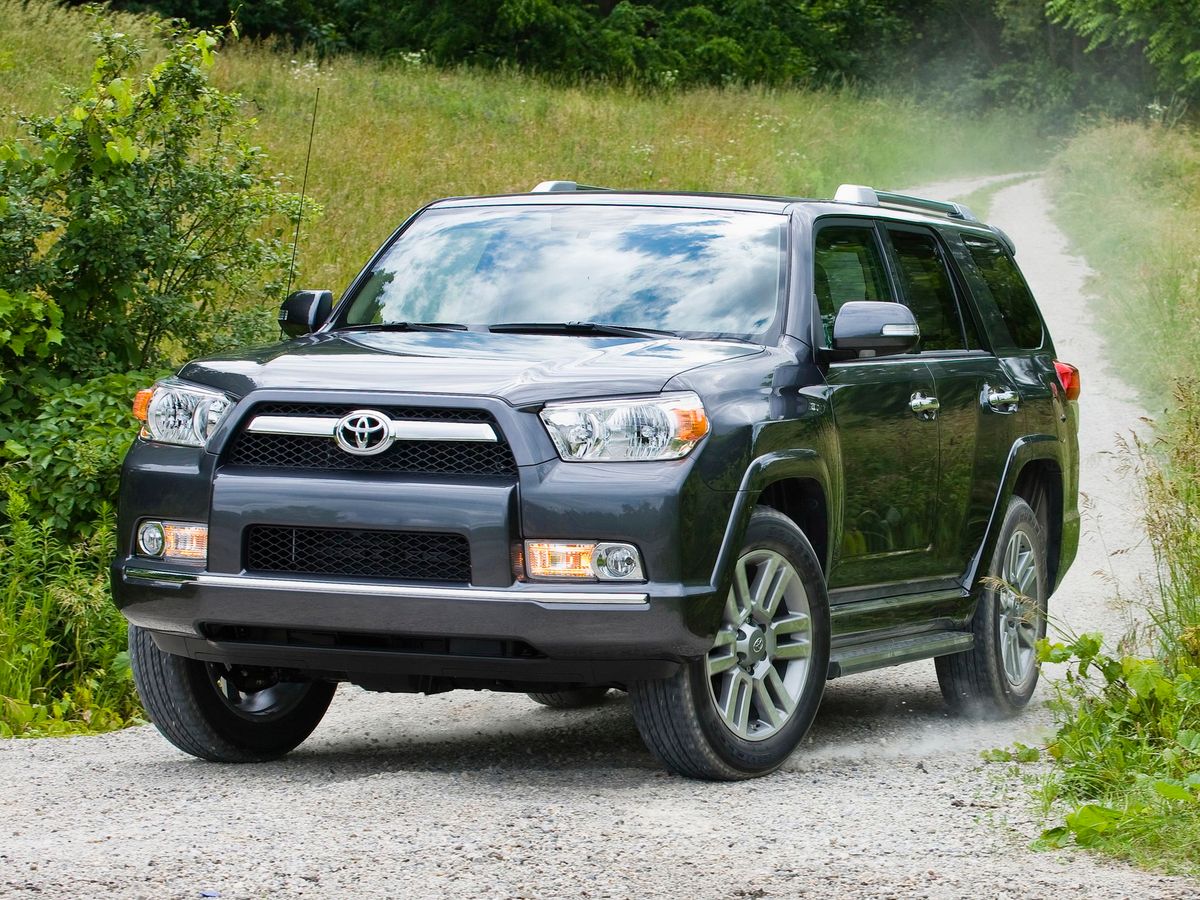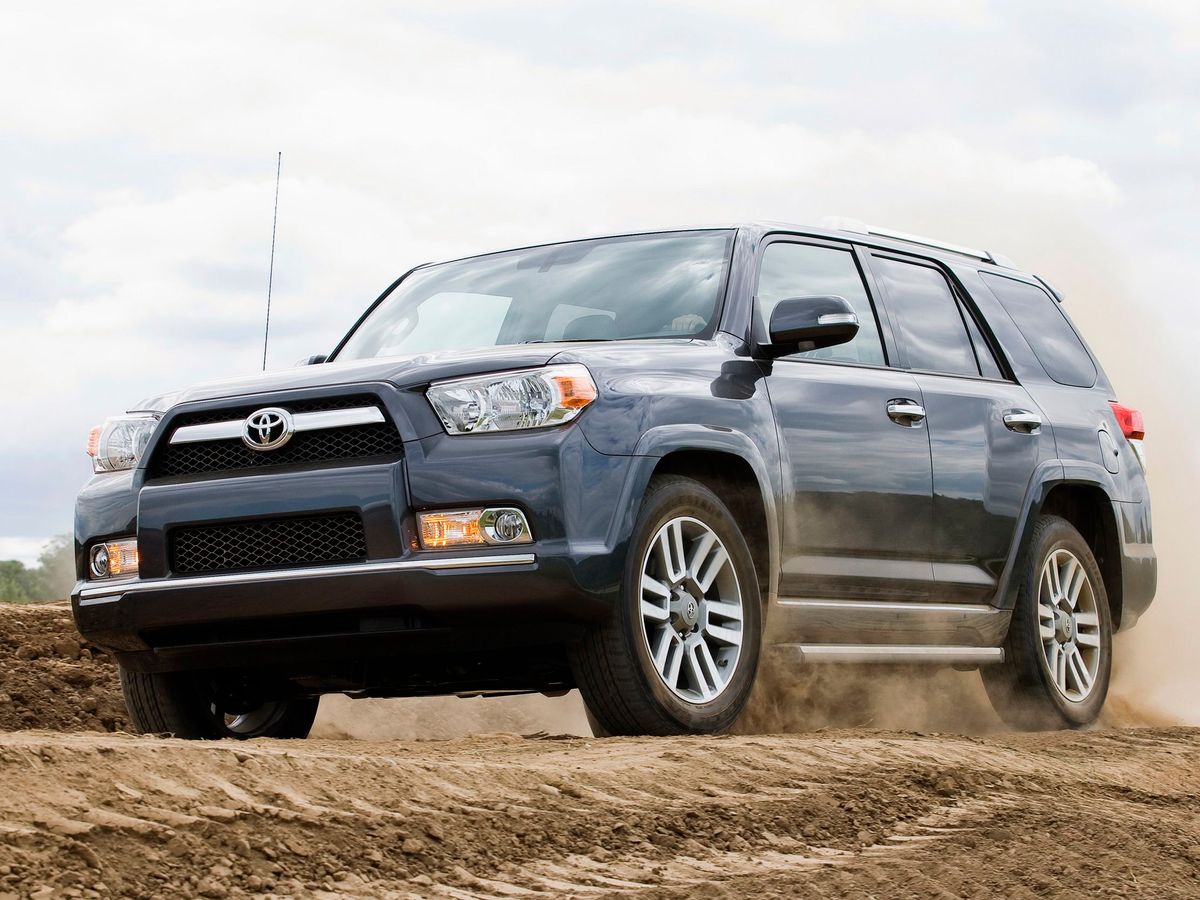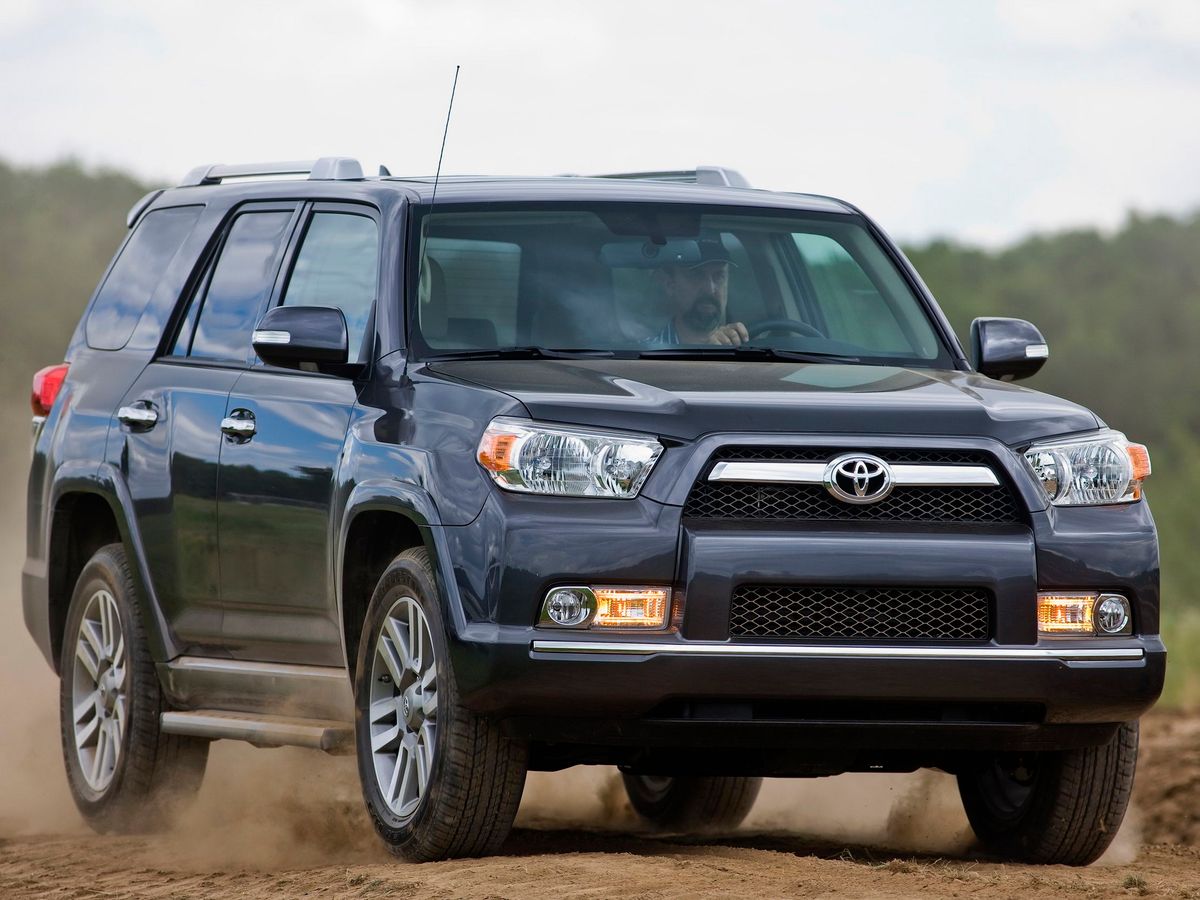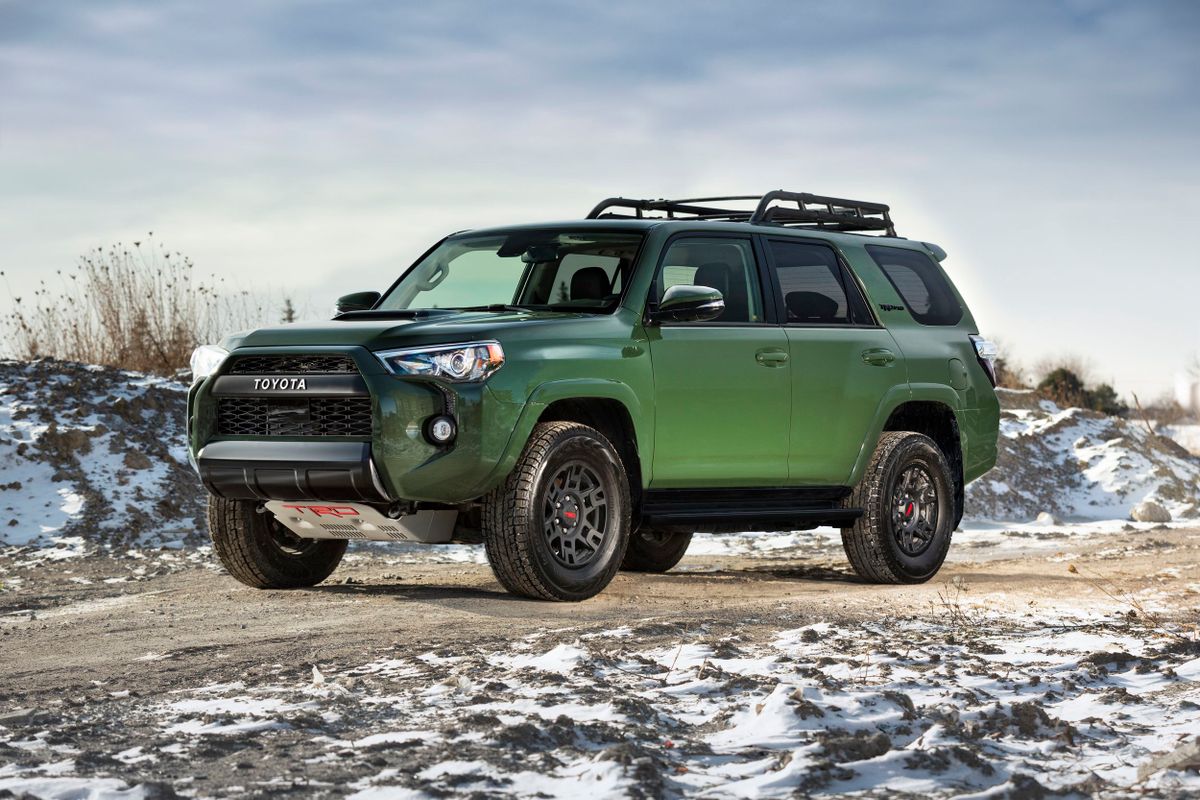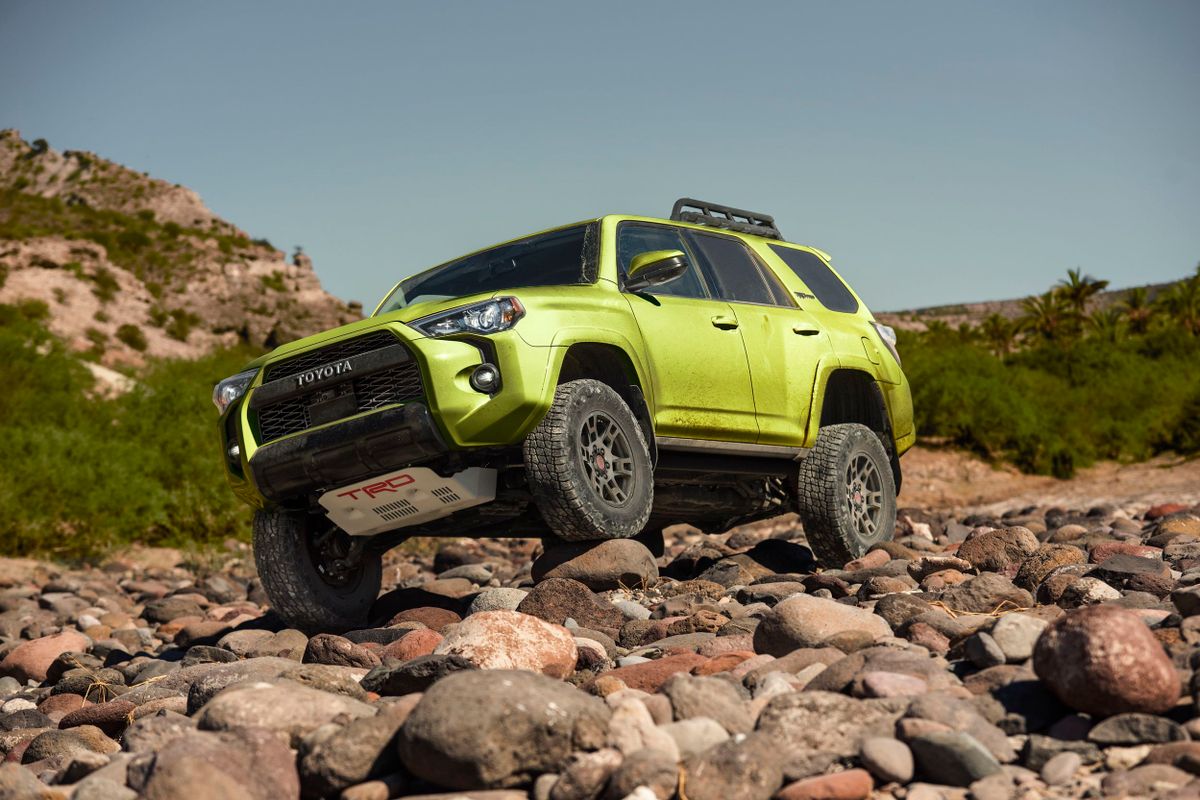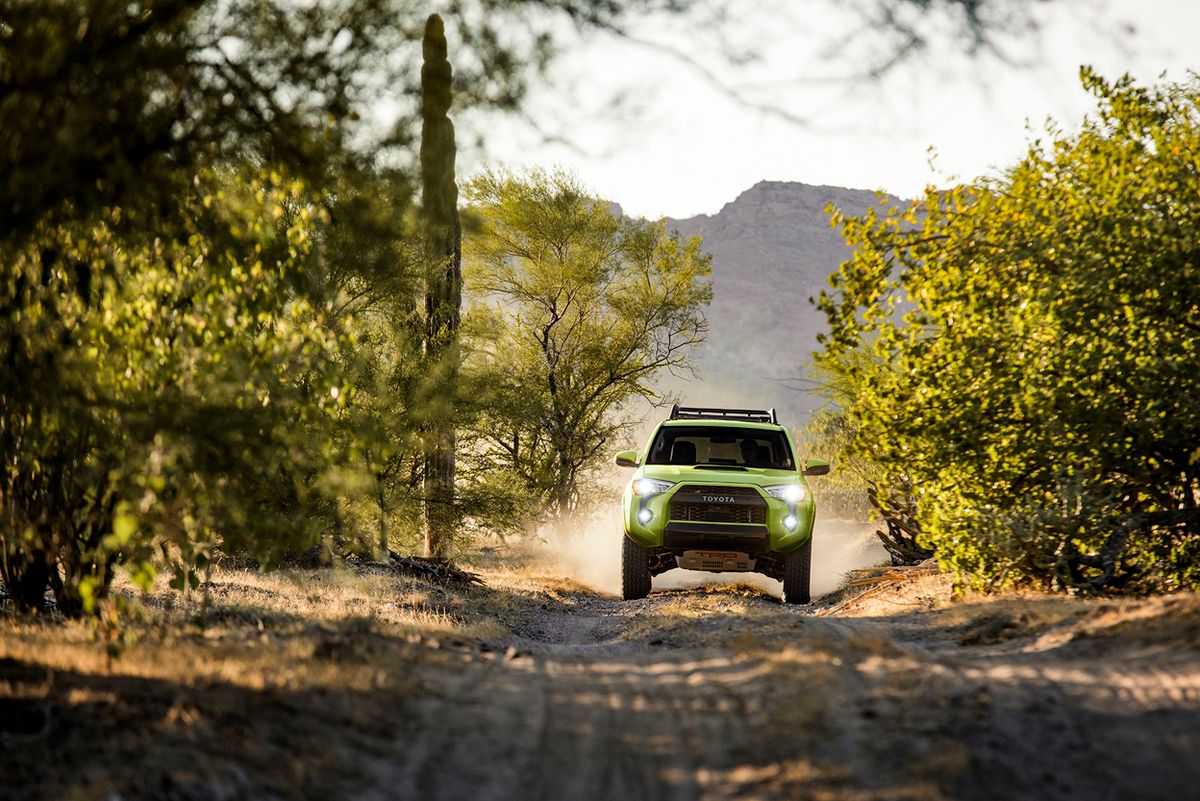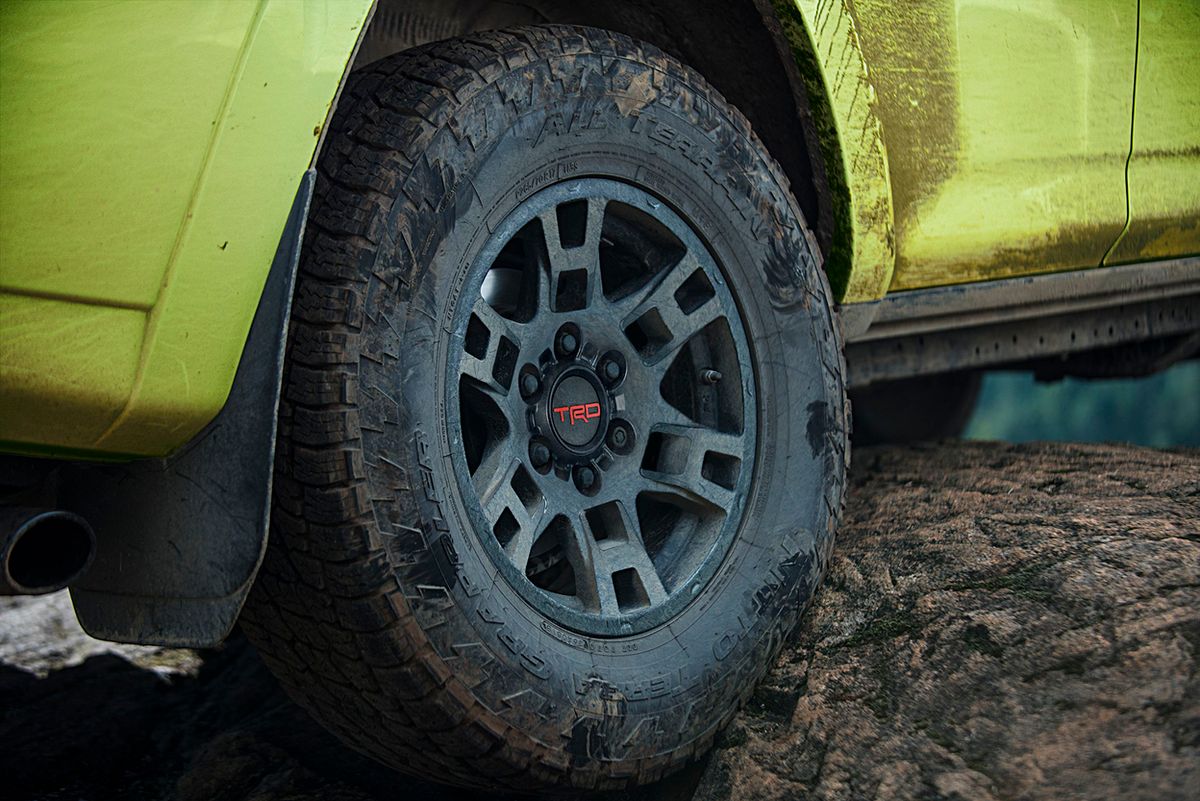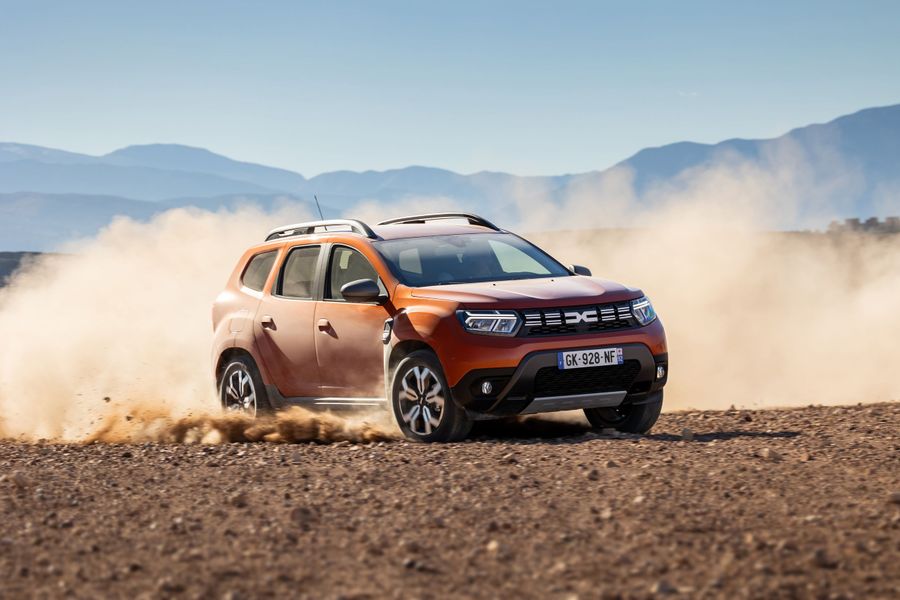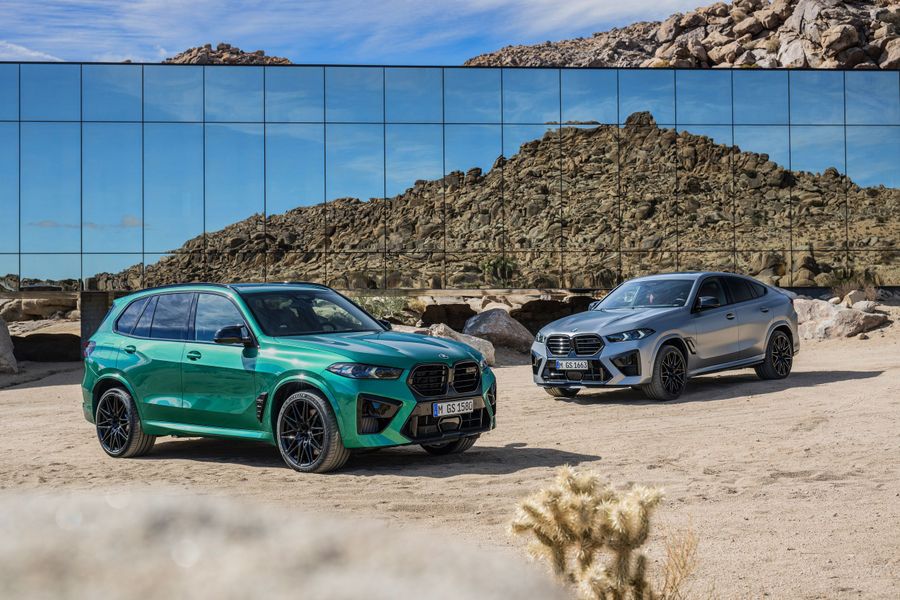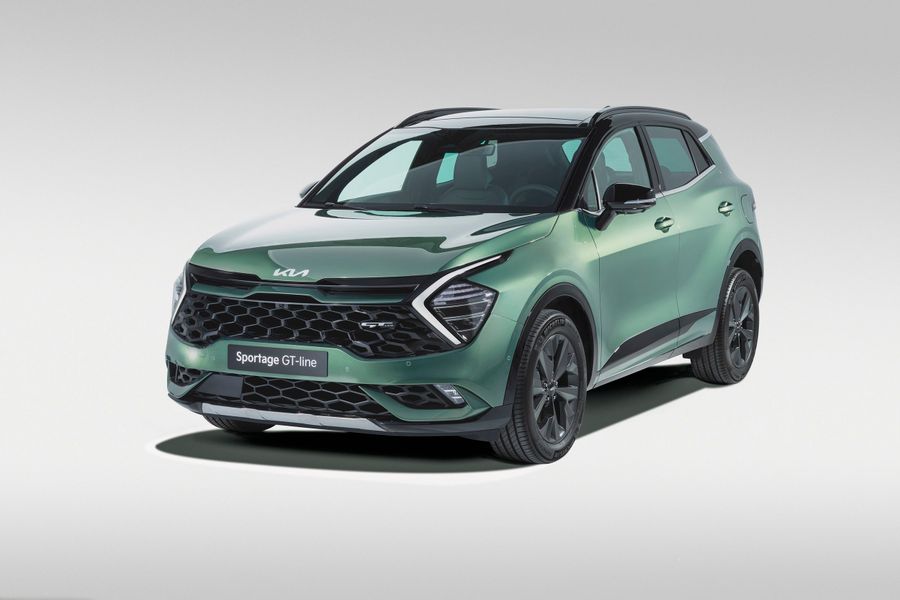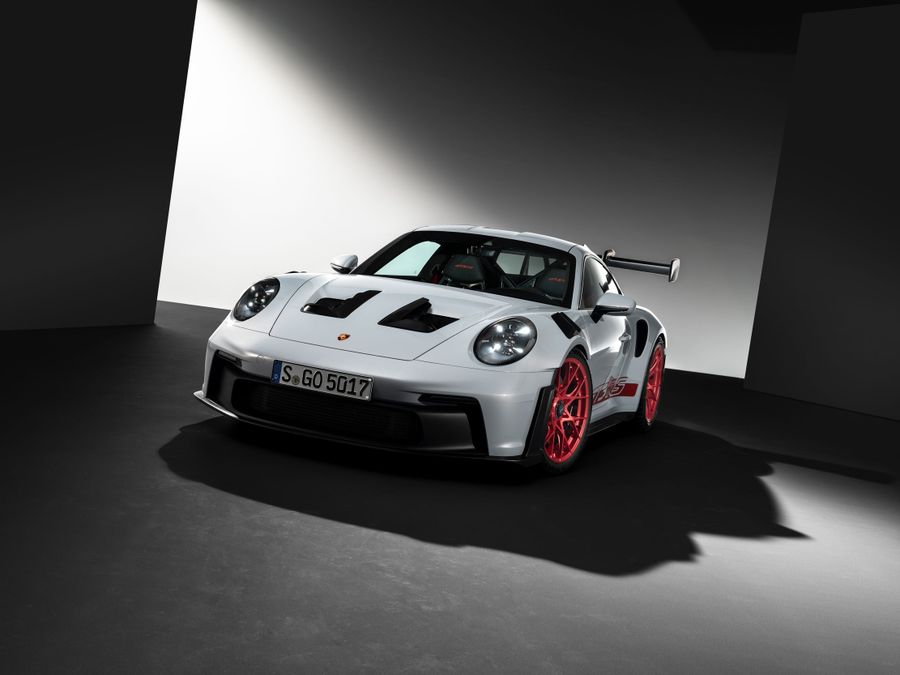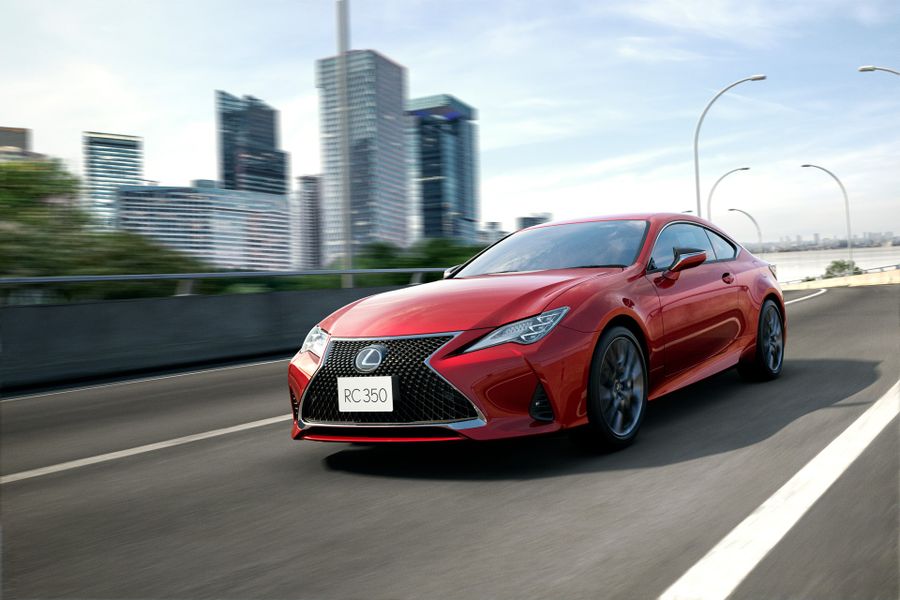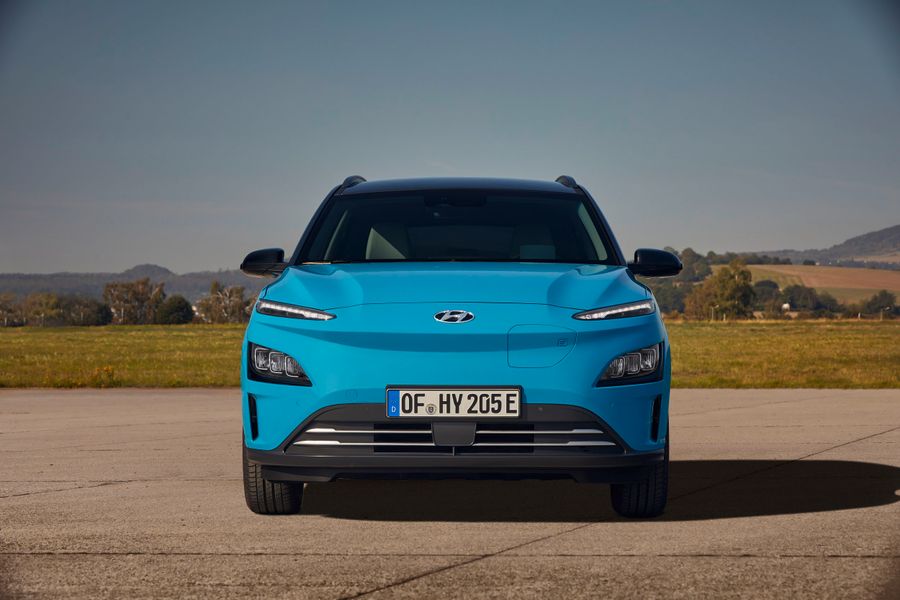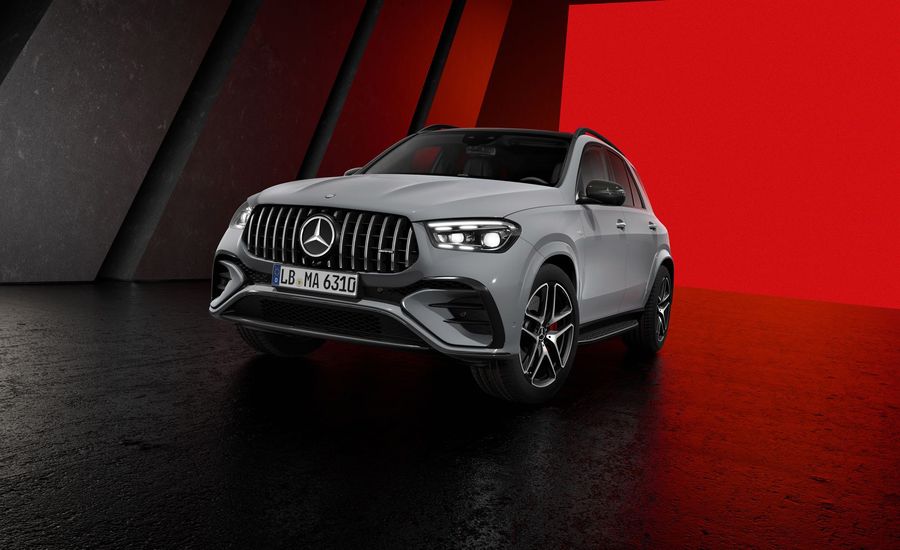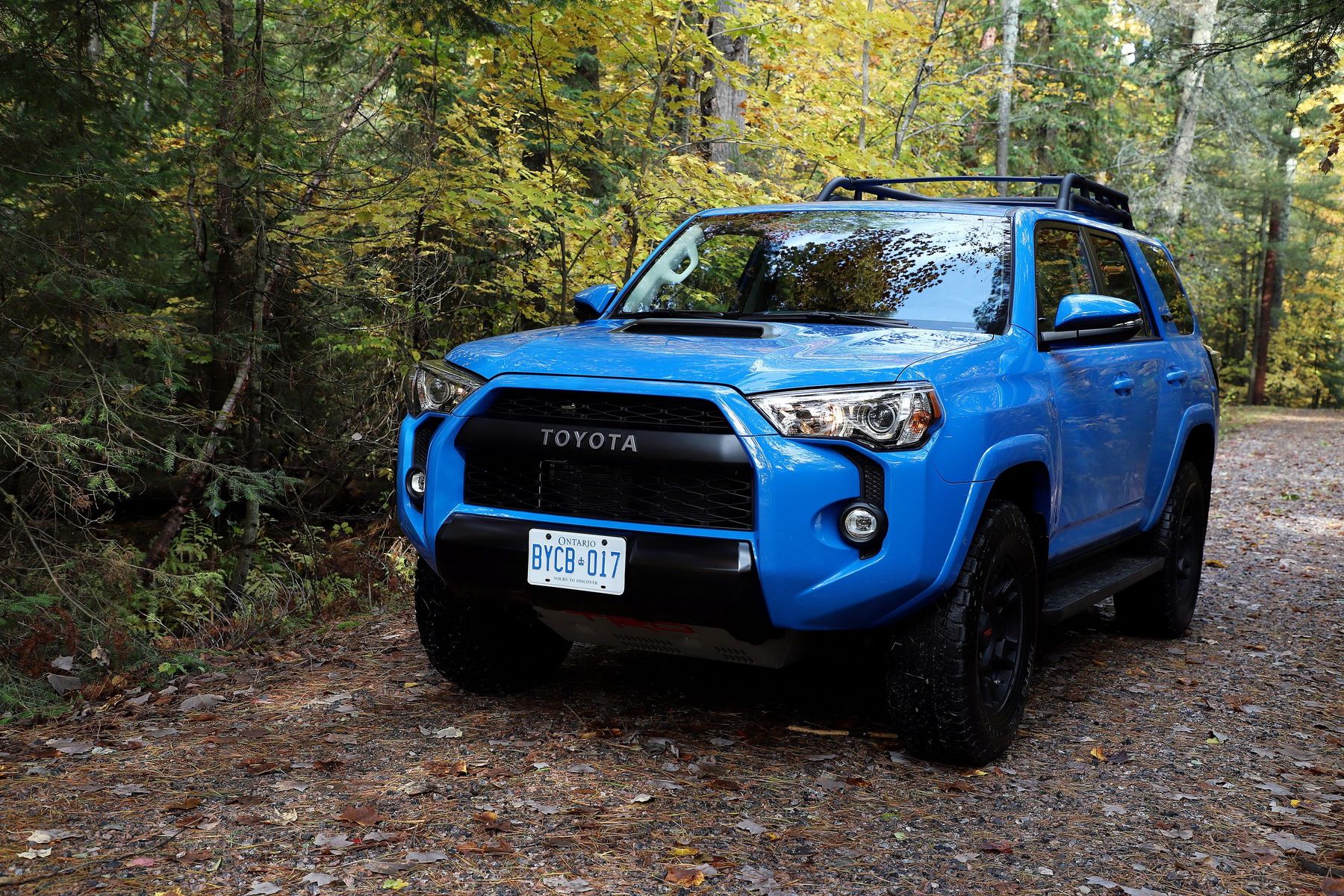
Toyota 4Runner SUV. Loyalty and reliability
The Toyota 4Runner is a mid-size SUV that first appeared in 1984 in Japan under the name Toyota Hilux Surf. At the same time, the vehicle was exported under the name ‘4Runner’, which was invented by a copywriter Robert Nathan who worked at the British advertising agency Saatchi & Saatchi. ‘4Runner’ is consonant with the English ‘forerunner’. This SUV was the first all-wheel drive 4-seater model from Toyota.
The 4Runner was ranked fifth on the list of the most durable vehicles according to a 2019 study conducted by iSeeCars.com in the United States. Almost 4% of 4Runner owners have driven more than 320,000 km. That is a great rarity, testifying to the successful design and high reliability of an SUV that loyally serves its owner.
The 4Runner is very similar to the Fortuner, which is also based on the Hilux pickup. The Toyota 4Runner remains successful to this day and still has its audience. In 2021, the model was sold in the Bahamas, Bolivia, Canada, Chile, Colombia, Costa Rica, El Salvador, Guatemala, Panama, Peru, the USA and Venezuela. However, the vehicle is no longer available in Japan, where it survived only until July 2009. According to the American division of Toyota, ‘The Toyota 4Runner has been a Toyota mainstay for nearly 40 years. It has carved out its place as the do-anything SUV that’s at home whether on the pavement or the trail’.
The first generation
It was produced from 1984 to 1989. The first 4Runner was almost identical to the Hilux pickup in terms of equipment, but the SUV had an originally-designed body with a removable (!), bolted, fiberglass top cover. Therefore, the first generation vehicles had two doors and a front part of the passenger compartment that were reminiscent to those of the original pickup. The rear window opened separately in a similar manner to the side doors of all cars: it went down inside the door when a button was pressed from the inside or outside. The rear suspension springs were reinforced to handle the additional weight. In North America, the 4Runner was equipped with a 2.4-liter 4-cylinder carburetor engine and an all-wheel drive system with the rigidly connected front wheels. In 1985, a more progressive version appeared, namely a 2.4-liter electronic fuel injection engine with an output of 116 hp (versus 100 hp).
‘The Toyota 4Runner has been a Toyota mainstay for nearly 40 years. It has carved out its place as the do-anything SUV that’s at home whether on the pavement or the trail’
In 1986, the vehicle received a more comfortable independent front suspension with an 8 cm longer track, a turbocharged engine and an automatic transmission. These measures made it possible to free up space in the engine compartment, after which the 4Runner got a larger V6 engine in 1987. The fiberglass lid could be painted in new colors: blue, red, gold, as well as standard black and white. In 1988, the manufacturer introduced new modifications with a 3.0-liter V63 VZ-E engine, coupled with a completely different transmission and transfer case. By the way, Japanese buyers particularly liked the vehicles with 2.4-liter diesel engines (83 hp).
The second generation
It was produced from 1989 to 1995. The second 4Runner is the only model that was supplied to Europe. The SUV was still based on the Hilux pickup, but was radically different from the first generation model. The vehicle received a redesigned steel body that was mounted on a frame and had a front end that looked very similar to that of the pickup. The coil spring rear suspension was also new. There were four passenger doors, but a rare 2-door model was also produced. Just like the first generation, the second 4Runner featured a rear door with retractable glass. The vehicle shared the same engine with the Hilux: 2.0-liter or 2.4-liter gasoline engines, whereas the Japanese version was offered with diesel engines.
The third generation
Introduced in 1995, the third 4Runner received a completely new body on a completely new chassis. The SUV had a lot in common, particularly the engine and transmission, with the new Tacoma pickup, which debuted around the same time. It was the first time that the 4Runner’s body and chassis were completely original and suitable for harsh off-road conditions. The vehicle could be equipped with a 2.7-liter 4-cylinder 3RZ-FE engine (150 hp and 240 Nm) or a 3.4-liter V6 5VZ-FE engine (183 hp and 294 Nm). The SUV became larger and better equipped. An important innovation was a center differential, which finally allowed the use of four-wheel drive on hard surfaces.
The fourth generation
It produced from 2002 to 2009. This is the last generation to be made in Japan under the name Hilux Surf. Despite major modifications to the chassis and body, the vehicle was generally the same as its predecessor. This time, the SUV shared a platform with the famous Toyota Land Cruiser Prado 120 Series, being its ‘simple’ off-road version. The fourth 4Runner received huge engines, which is quite natural for the United States: a 4-liter V6 1GR-FE (245 hp and 382 Nm) and a 4.7-liter V8 2UZ-FE (235 hp and 434 Nm) engines. In 2004, the second engine started featuring the VVT-i system, which made it possible to increase its output to 270 hp.
The vehicle featured a double wishbone suspension at the front and a rigid axle suspension at the rear. The frame was also preserved. There were two all-wheel drive systems: a permanent full drive with a V8 engine and a connected one with a V6; both variants had a Torsen locking center differential. There was an optional rear air suspension and X-REAS system, which connected the shock absorbers diagonally using hydraulic hoses and fluid; a mechanical central valve allowed reducing body roll in case of sharp turning. The hill start assist and hill descent control systems were added to the list of equipment. The entry-level versions were well-equipped. The 4Runner was periodically modernized. In 2005, the SUV underwent a significant restyling, which changed its exterior.
The fifth generation
It appeared in September 2009 and shared a platform with the FJ Cruiser SUV. The new 4Runner Trail Edition version received the Toyota Kinetic Dynamic Suspension System (KDSS) and Crawl Control, which previously only the Land Cruiser 200 could boast of. The vehicle was initially equipped with a 4-liter V6 Dual VVT-i engine, which increased power and torque, as well as fuel efficiency; it was paired with a 5-speed automatic transmission. Fuel consumption for rear-wheel drive modifications was 13.8 liters in the city and 10.2 liters on the highway, whereas all-wheel drive versions consumed 14.7 and 10.7 liters, respectively. Until 2010, rear-wheel drive vehicles were equipped with a 2.7-liter 4-cylinder engine. The new generation did not have a 4.7-liter V8 engine from the previous generation.
The new Toyota 4Runner is produced in Japan and sold only in the USA, Canada and some Latin American countries.
In 2014, the manufacturer introduced the TRD Pro version with an off-road package (TRD Bilstein off-road shocks, TRD-tuned front springs and a TRD front skid plate). Plus, there are exclusive colors, one new for each year: ‘Hell’s Orange’ (2015), “Quicksand” (2016), “Cement” (2017), “Cavalry Blue” (2018), “Voodoo Blue” (2019), “Army Green” (2020), “Lunar Rock” (2021) and the forthcoming “Lime Rush” (2022).
Since 2019, Toyota has been equipping all versions of the new 4Runner with the Toyota Safety Sense-P package and the updated Entune 3.0 infotainment system with a large touchscreen display and support for Apple CarPlay and Android Auto. In 2021, the smart key system became standard. There is a new TRD Sport version, designed for active driving on asphalt. Therefore, the suspension with the X-Reas anti-roll system has received different settings and 20-inch wheels instead of the base 17-inch one. This version is distinguished by exterior decor in body color (instead of chrome or black) and an air intake on the hood. The interior features contrasting stitching and TRD logos. All vehicles have finally received a diode high beam technology instead of the old halogen one (low beam and fog lights have been LED for a long time).


